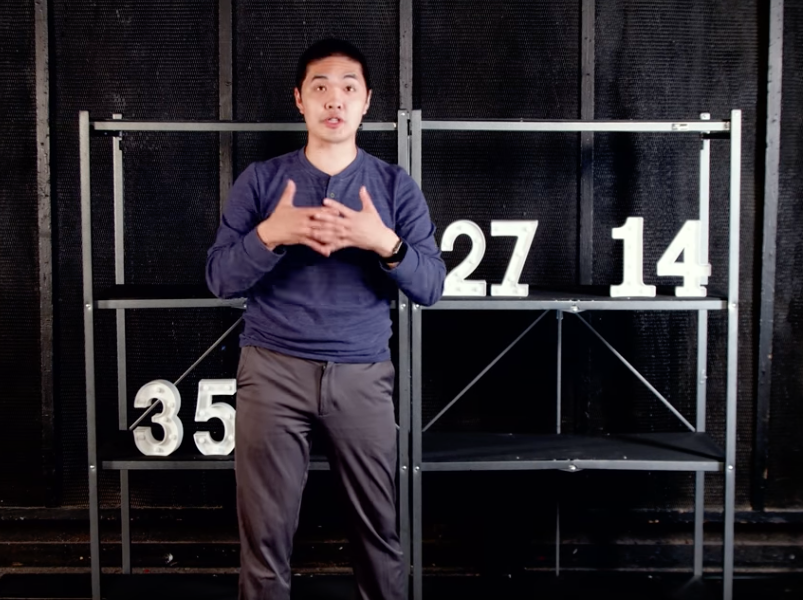⬅️ CS50
Big O notation (O)
- for describing the running time of algorithms (how many steps max will it take)
O(n)- on the order of n
🤔 And what’s in the opposite end of Big O?
ΩGreek Omega letter used to describe the best-case scenario (Ω of …)- They are both approximations
Linear search
- Iterate across the array from left to right, trying to find the target element.
for i from 0 to n-1
If i-th element is "value you are looking for"
return true
return falseBinary search
- Given a sorted array, divide and conquer by systematically eliminating half of the remaining elements (phone book) in the search for the target element.
if no items
return false
if middle item is "value you are looking for"
return true
else if "value you are looking for" < middle item
search left half
else if "value you are looking for" > middle item
search right halfSorting
- In C you can’t use double equal to compare two strings (yes for
intand yes forchar) - instead you have to use a function like
strcmp()found in<string.h>file
🤔 What’s a hertz?
- something that is done once per second
- if your computer’s CPU is 1 gigahertz, that means that it can do 1 billion things at a time
Custom types
🤔 What is a struct? It’s a container inside which you can put multiple other data types.
// define the struct
typedef struct
{
string name;
string number;
}
person;
// initialize the array people with length of two
// using the person struct
person people[2]
// assign value
people[0].name = "Eva";
people[0].number = "123-456-789";Selection sort
- Find the smallest unsorted element in an array and swap it with the first unsorted element of that array.
- The amount of work will decrease with each iteration.
- However, you can’t short circuit and quit the work even if all the elements are already swapped
for i from 0 to n-1
find smallest item between i'th item and last item
swap the smallest item with the i'th itemBubble sort
- Swap the adjacent pairs of elements if they are out of order, effectively bubbling larger elements to the right and smaller ones to the left.
Repeat n-1 times
for i from 0 to n-2
if i'th and i+1'th elements out of order
swap them
if no swaps
QuitMerge sort
- Split the full array into subarrays, then merge those subarrays back together in the correct order.
- Meaning that in an array of size 8, you’ll start with 8 lists of size 1
- You’ll need some temporary arrays to help you with sorting, meaning you’ll be needing at least twice as much space
if only one item
return
else
sort left half of items
sort right half of items
merge sorted halves
Insertion sort
- Proceed once through the array from left to right, shifting elements as necessary to insert each element into its correct place.
🤔 How do the algorithms compare In terms of running time (slowest → fastest)?
In terms of Big O:
O(n2)bubble sort, selection sort, insertion sortO(n log n)merge sortO(n)linear searchO(log n)binary searchO(1)
In terms of Ω:
Ω(n2)selection sortΩ(n log n)merge sortΩ(n)bubble sort, insertion sortΩ(log n)Ω(1)linear search, binary search
θ Theta
for describing algorithms where O andΩ values are the same
θ(n2)selection sortθ(n log n)merge sortθ(n)θ(log n)θ(1)
Recursion
-
A function calling itself.
-
Classic example is the factorial:
fact(n) = n * fact(n-1)
Every factorial has two cases:
- base case: when triggered, will terminate the recursive process
- recursive case: which is where recursion actually occurs
int fact(int n)
{
if (n == 1)
return 1;
else
// With single line returns, you can take the curly braces away.
return n * fact(n-1)'
}